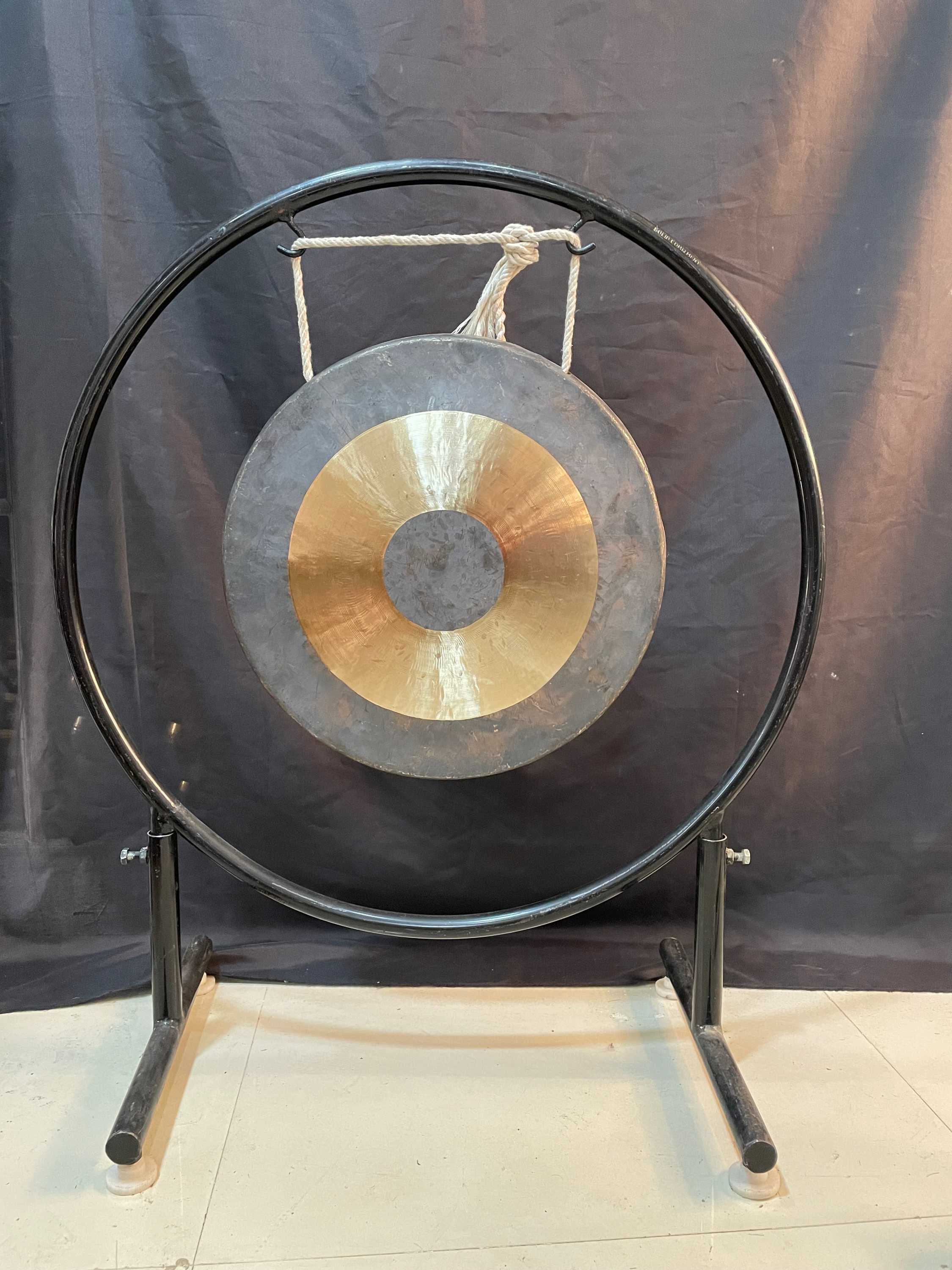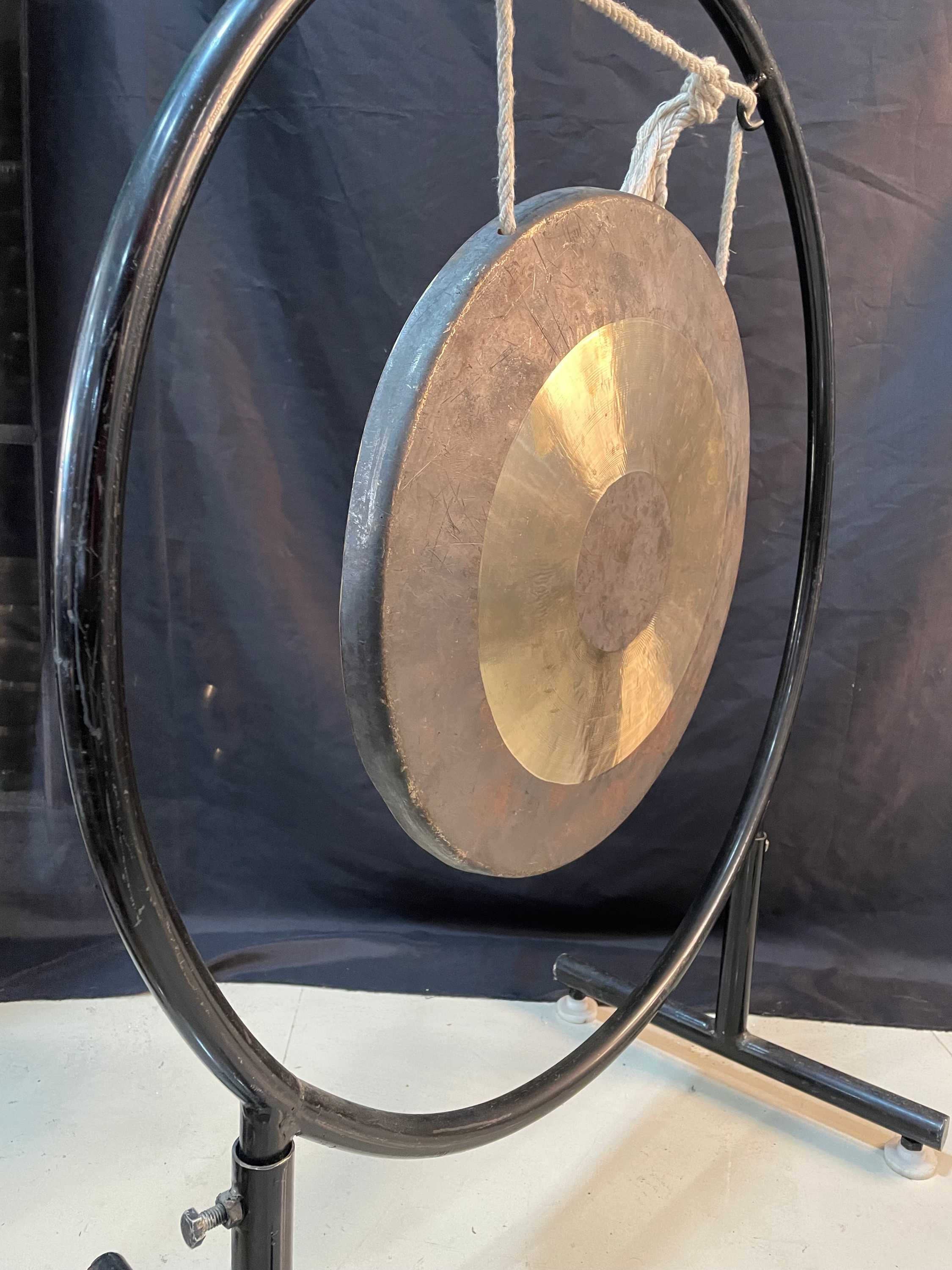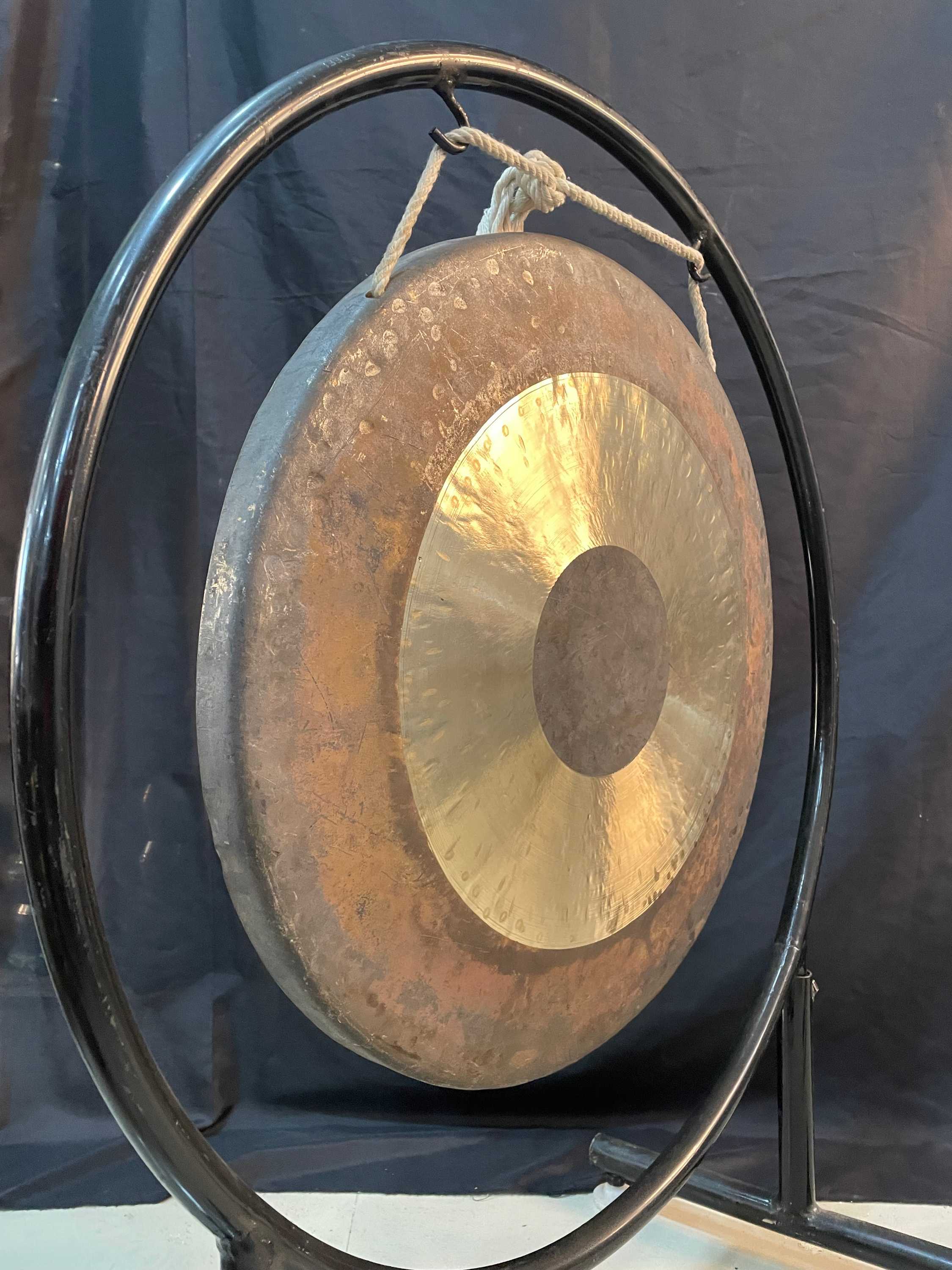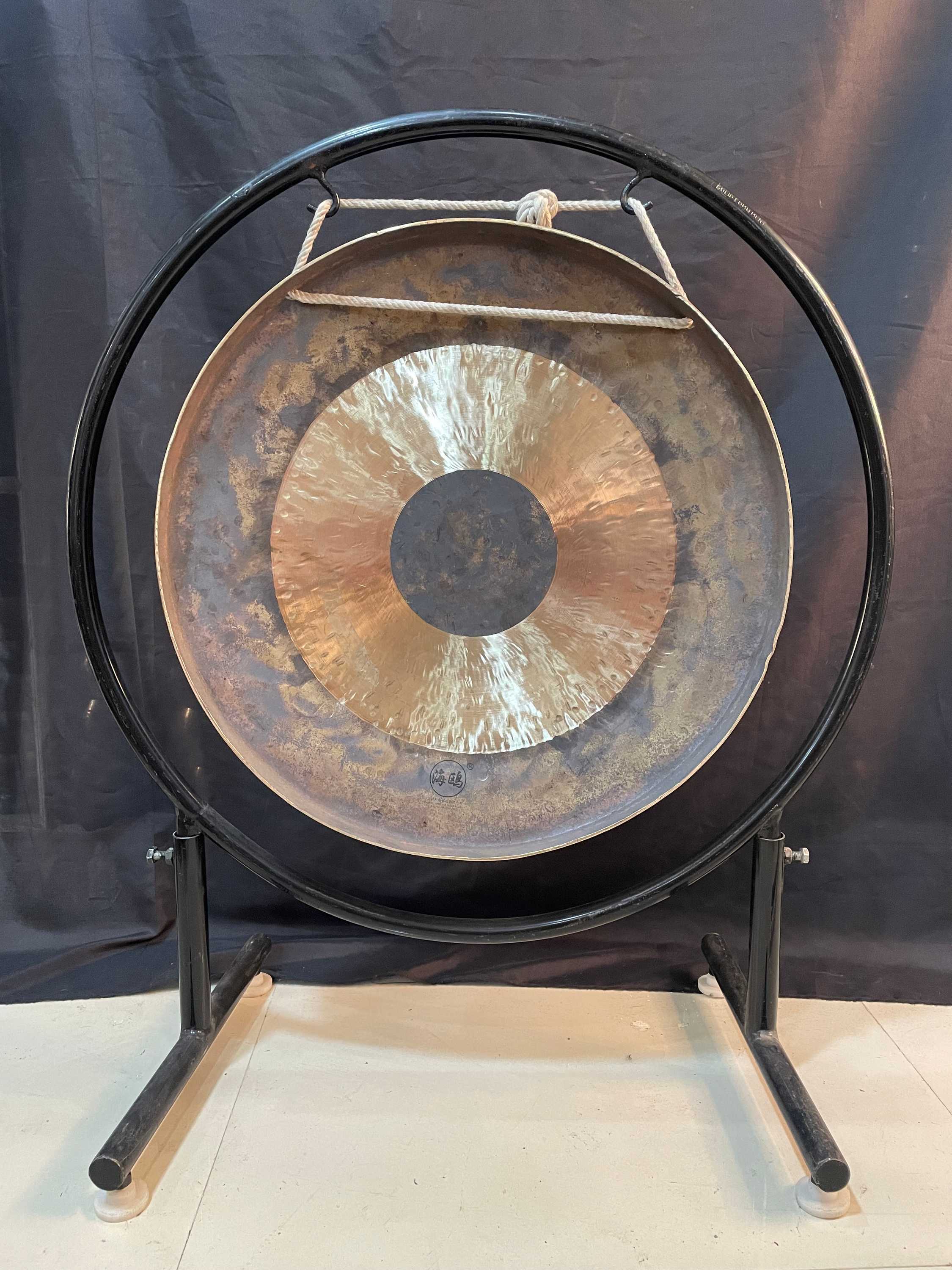Code
HCS24061
Weight
17 Kg / 37.48 lbs
Size
Diameter
105cm (41") Depth
85cm (33")
6cm (2")
Material
Bronze
Availability
Available
Date Added
2021-06-18 04:43:32
Note : We used to sell this product 4 years ago so it may no longer be in our stock.
It is possible that we still have it with our suppliers but the price could be different from before.
Feel free to order. We will verify availability and inform you promptly.
It is possible that we still have it with our suppliers but the price could be different from before.
Feel free to order. We will verify availability and inform you promptly.

Safe Payment
We accept Paypal, Money Transfer, Bank Transfer
Confidence
Protection covers your purchase and personal data.
Worldwide Delivery
We ship Worldwide, except Russia.Shipping cost US$25.2 for upto 0.5 kgs

Hotline
Talk to help line for your question on 9841267335Weight Of Gong : 9 kg
Metal Stand
For the comfort of taking pictures we have use the same Stand in all of our gong pictures. But while exporting it will be fitted with the stand fitting the gongs size.
Sound Check - All : Request a sound check
We personally check Tibetan Gong With Stand, [mandal Etching], Gong Size 70x5 Cm, Gong Weight 12kg to ensure the quality of the sound and its resonance. However, if you still require to listen to the sound before purchase. To maintain the quality of service we have introduced a nominal fee of $2 for this service. This non-refundable deposit will be deducted from your invoice upon purchase. Please note due to the limitation of the microphone and the speaker quality, the effectiveness of experiencing the sound will not be the same.
If you have any further questions or require assistance, please do not hesitate to contact us. WhatsApp: +9779841614206 Read More . . .
We personally check Tibetan Gong With Stand, [mandal Etching], Gong Size 70x5 Cm, Gong Weight 12kg to ensure the quality of the sound and its resonance. However, if you still require to listen to the sound before purchase. To maintain the quality of service we have introduced a nominal fee of $2 for this service. This non-refundable deposit will be deducted from your invoice upon purchase. Please note due to the limitation of the microphone and the speaker quality, the effectiveness of experiencing the sound will not be the same.
If you have any further questions or require assistance, please do not hesitate to contact us. WhatsApp: +9779841614206 Read More . . .
Included with this Gong
When you purchase this Gong, it will come with a Felt Hitting Mallet that you can use to play the Gong. This mallet is included with your purchase and you do not need to buy it separately. If you would like additional accessories to use with your Gong, such as different types of mallets or stands, you can purchase them separately from the options provided above. These additional accessories are not included with your purchase of the Gong and must be added to your cart if you would like to buy them. Read More . . .
When you purchase this Gong, it will come with a Felt Hitting Mallet that you can use to play the Gong. This mallet is included with your purchase and you do not need to buy it separately. If you would like additional accessories to use with your Gong, such as different types of mallets or stands, you can purchase them separately from the options provided above. These additional accessories are not included with your purchase of the Gong and must be added to your cart if you would like to buy them. Read More . . .
Medicine Buddha : Brief Introduction
Bhaisajyaguru is known as the Medicine Buddha. He is also called the Healing Buddha. It is said that he dispenses spiritual medicine when properly worshipped. There is even a belief that an efficacious cure may be accomplished by merely touching his image. In Tibet, he may be represented either as a Buddha or as a Bodhisattva. As a Buddha, he exhibits the urn (a small round bulge or protuberance above the bridge of the nose), which is the fourth superior mark of a Buddha, and the Ushnisha (a bulge or protuberance on the top of the Buddha's skull), which is the first superior mark of a Buddha. He has short and curly hair, wears a monastic robe, and is seated with his legs crossed. His left hand, lying in his lap in a meditation mudra, usually holds the medicine bowl, while his right hand, in a charity mudra, holds either a branch with fruit or the fruit alone of the myrobalan, a medicinal plant found in India and other tropical countries. Read More . . .
Bhaisajyaguru is known as the Medicine Buddha. He is also called the Healing Buddha. It is said that he dispenses spiritual medicine when properly worshipped. There is even a belief that an efficacious cure may be accomplished by merely touching his image. In Tibet, he may be represented either as a Buddha or as a Bodhisattva. As a Buddha, he exhibits the urn (a small round bulge or protuberance above the bridge of the nose), which is the fourth superior mark of a Buddha, and the Ushnisha (a bulge or protuberance on the top of the Buddha's skull), which is the first superior mark of a Buddha. He has short and curly hair, wears a monastic robe, and is seated with his legs crossed. His left hand, lying in his lap in a meditation mudra, usually holds the medicine bowl, while his right hand, in a charity mudra, holds either a branch with fruit or the fruit alone of the myrobalan, a medicinal plant found in India and other tropical countries. Read More . . .
What is Etching Carving?
Etching is traditionally the process of using strong acid or mordant to cut into the unprotected parts of a metal surface to create a design in intaglio (incised) in the metal. In modern manufacturing, other chemicals may be used on other types of material. As a method of printmaking, it is, along with engraving, the most important technique for old master prints, and remains in wide use today. In several modern variants such as microfabrication etching and photochemical milling, it is a crucial technique in much modern technology, including circuit boards. Read More . . .
Etching is traditionally the process of using strong acid or mordant to cut into the unprotected parts of a metal surface to create a design in intaglio (incised) in the metal. In modern manufacturing, other chemicals may be used on other types of material. As a method of printmaking, it is, along with engraving, the most important technique for old master prints, and remains in wide use today. In several modern variants such as microfabrication etching and photochemical milling, it is a crucial technique in much modern technology, including circuit boards. Read More . . .
What is a Gong? :
A gong is a large metal percussion instrument that produces a deep and resonant sound when struck with a mallet. Gongs are typically made from a bronze alloy, and are available in a variety of sizes and styles. Gongs have a long history in many cultures around the world, and are often associated with meditation, sound healing, and other spiritual practices.
Importance in nepal :Bronze gongs have been an important part of Buddhist and Nepali culture for centuries. In Buddhist culture, gongs are often used in meditation and chanting and are believed to have a powerful effect on the mind and body. The sound of a gong is said to clear the mind, promote relaxation, and bring about a sense of inner peace. In Nepal, the gong is used in a variety of religious and cultural settings, including religious ceremonies and rituals, music and dance performances, and as a symbol of Nepali identity.
Sound Healing and Gong Sound Baths :Sound healing is an ancient practice that uses the vibrations of sound to promote healing and relaxation in the body and mind. Gong sound baths are a popular form of sound healing that involve using gongs and other instruments to create a deeply relaxing and meditative experience. During a gong sound bath, participants lie down and listen to the sound of the gongs, which are played in a variety of rhythms and tones. The vibrations of the gongs are believed to promote relaxation, reduce stress, and bring about a sense of inner calm.
Playing Instructions: :To play the gong, you will need a mallet with a soft head, typically made from felt or other soft materials. Hold the mallet firmly and strike the gong with a sweeping motion, allowing the mallet to bounce off the surface of the gong. The sound of the gong will vary depending on where you strike it, and the force and speed of your stroke. Experiment with different striking techniques to find the sound that works best for you.
Conclusion :bronze gongs have a rich history in Buddhist and Nepali culture, and are revered for their powerful and resonant sound. They are often used in sound healing practices such as gong sound baths and can promote relaxation, reduce stress, and bring about a sense of inner peace. If you are interested in playing the gong, be sure to use a soft-headed mallet and experiment with different striking techniques to find the sound that works best for you.


![Tibetan Gong With Stand, [mandal Etching], Gong Size 70x5 Cm, Gong Weight 12kg](https://handicraftseller.com/uploads/pics/product/thumb/2021/06/24061_3.jpg)
![Tibetan Gong With Stand, [mandal Etching], Gong Size 70x5 Cm, Gong Weight 12kg](https://handicraftseller.com/uploads/pics/product/thumb/2021/06/24061_4.jpg)
![Tibetan Gong With Stand, [mandal Etching], Gong Size 70x5 Cm, Gong Weight 12kg](https://handicraftseller.com/uploads/pics/product/thumb/2021/06/24061_5.jpg)
![Tibetan Gong With Stand, [mandal Etching], Gong Size 70x5 Cm, Gong Weight 12kg](https://handicraftseller.com/uploads/pics/product/thumb/2021/06/24061_6.jpg)
![Tibetan Gong With Stand, [mandal Etching], Gong Size 70x5 Cm, Gong Weight 12kg](https://handicraftseller.com/uploads/pics/product/thumb/2021/06/24061_7.jpg)
![Tibetan Gong With Stand, [mandal Etching], Gong Size 70x5 Cm, Gong Weight 12kg](https://handicraftseller.com/uploads/pics/product/thumb/2021/06/24061.jpg)
![Tibetan Gong With Stand, [mandal Etching], Gong Size 70x5 Cm, Gong Weight 12kg](https://handicraftseller.com/uploads/pics/product/thumb/2021/06/24061_0.jpg)
![Tibetan Gong With Stand, [mandal Etching], Gong Size 70x5 Cm, Gong Weight 12kg](https://handicraftseller.com/uploads/pics/product/thumb/2021/06/24061_1.jpg)
![Tibetan Gong With Stand, [mandal Etching], Gong Size 70x5 Cm, Gong Weight 12kg](https://handicraftseller.com/uploads/pics/product/thumb/2021/06/24061_2.jpg)

 with Stand,
with Stand, 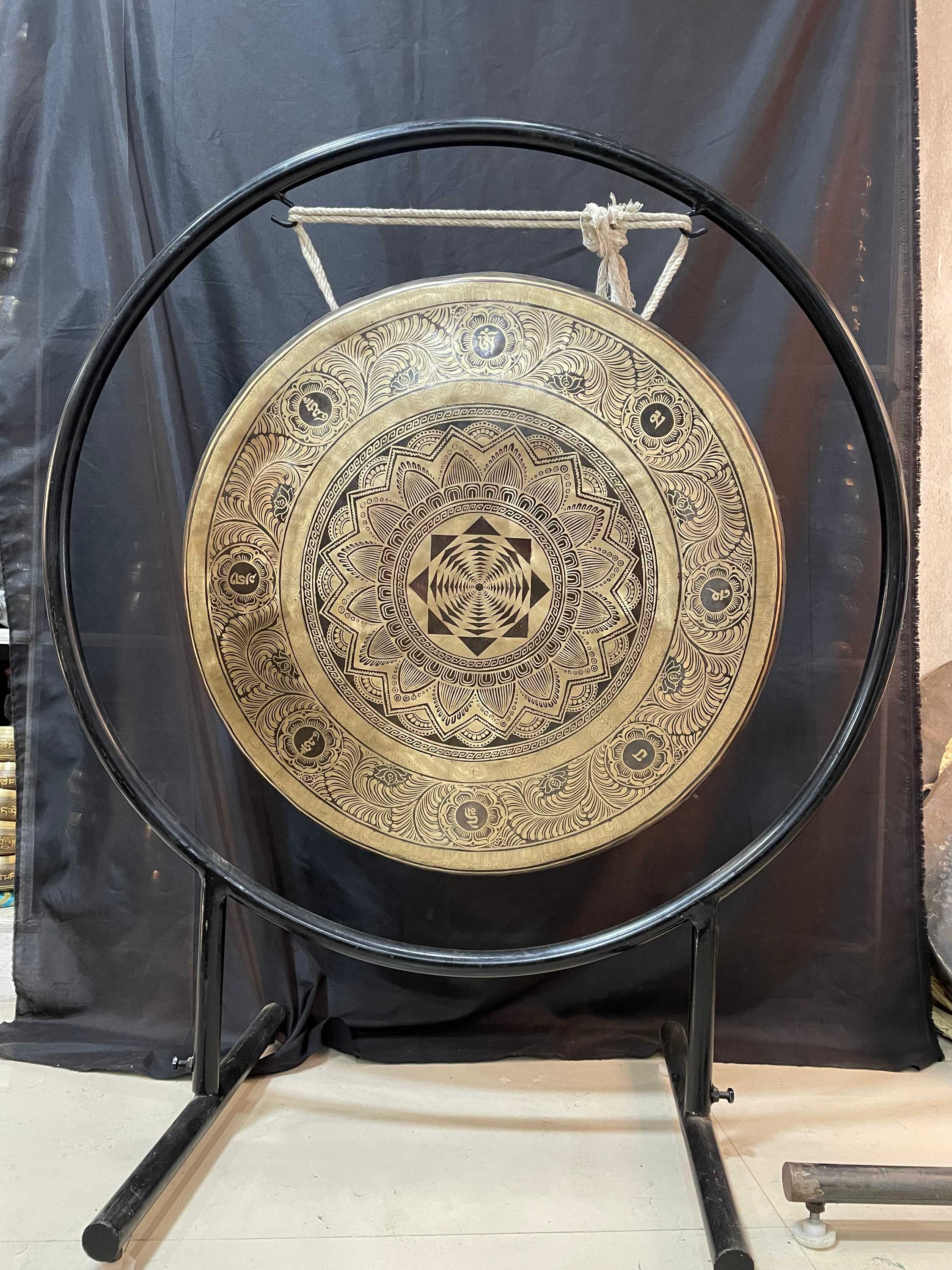 with Stand,
with Stand,  with Stand, Gong Size
with Stand, Gong Size 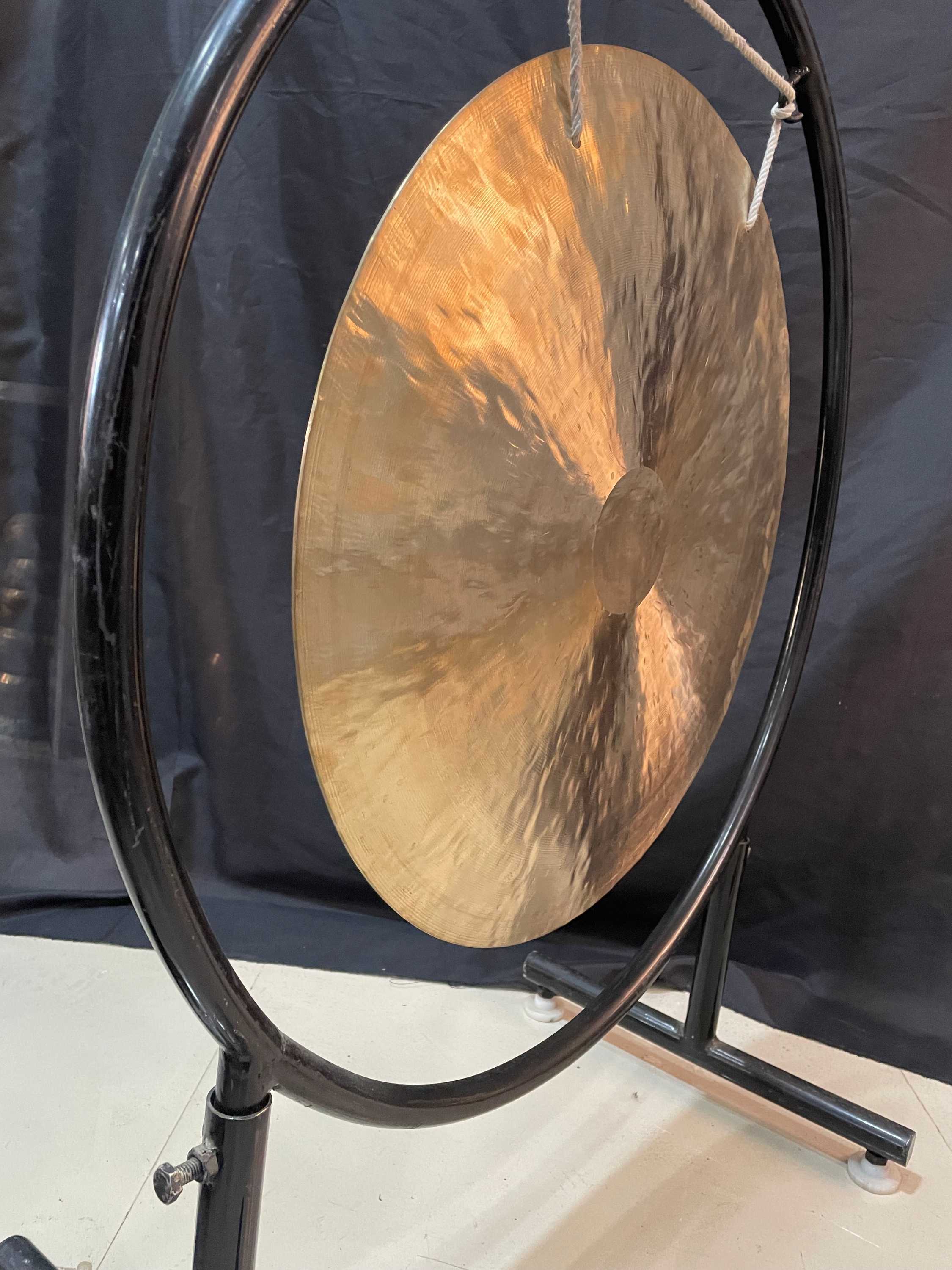 with Stand, Gong Size
with Stand, Gong Size  with Stand,
with Stand, 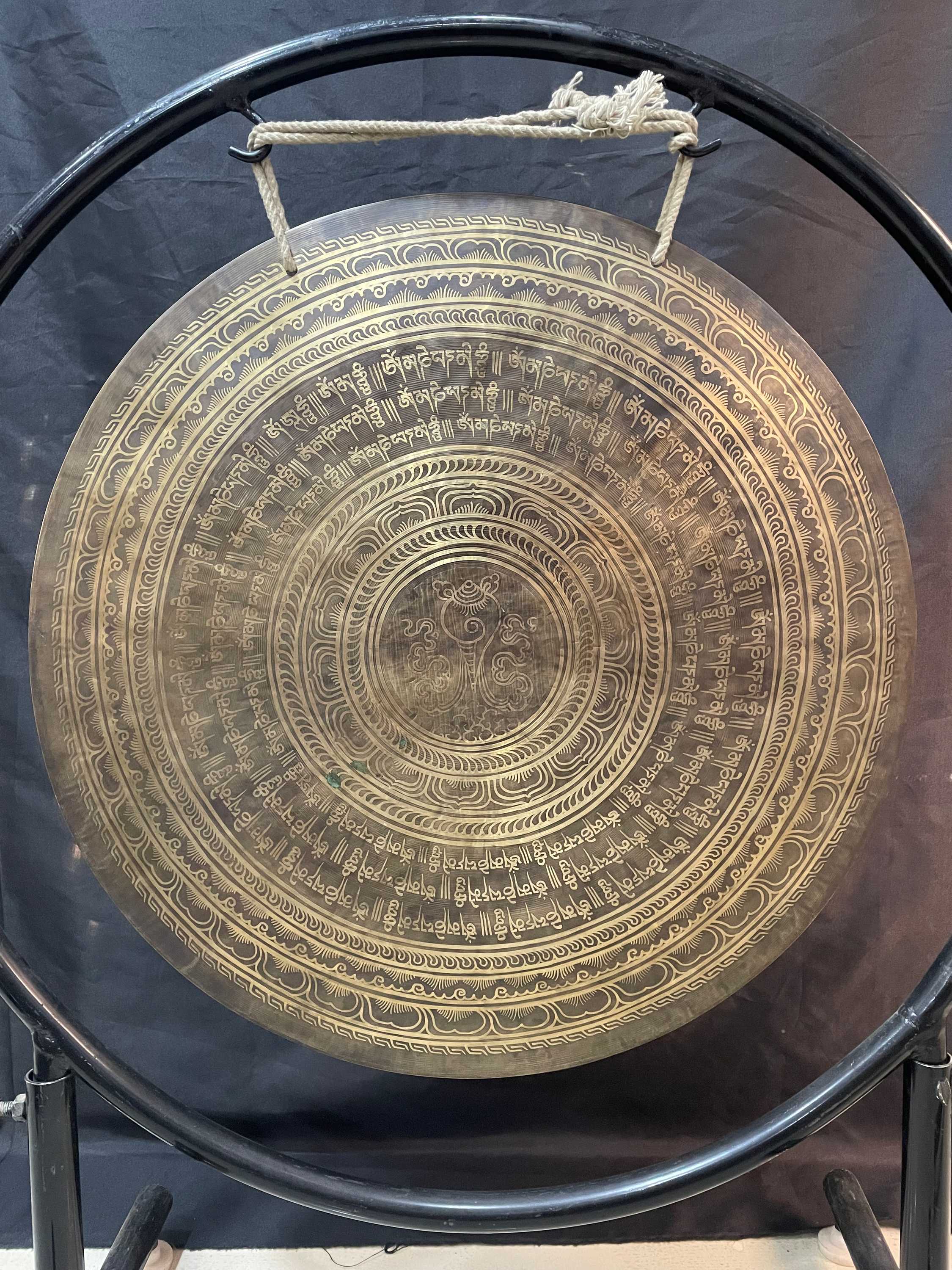 with Stand,
with Stand, 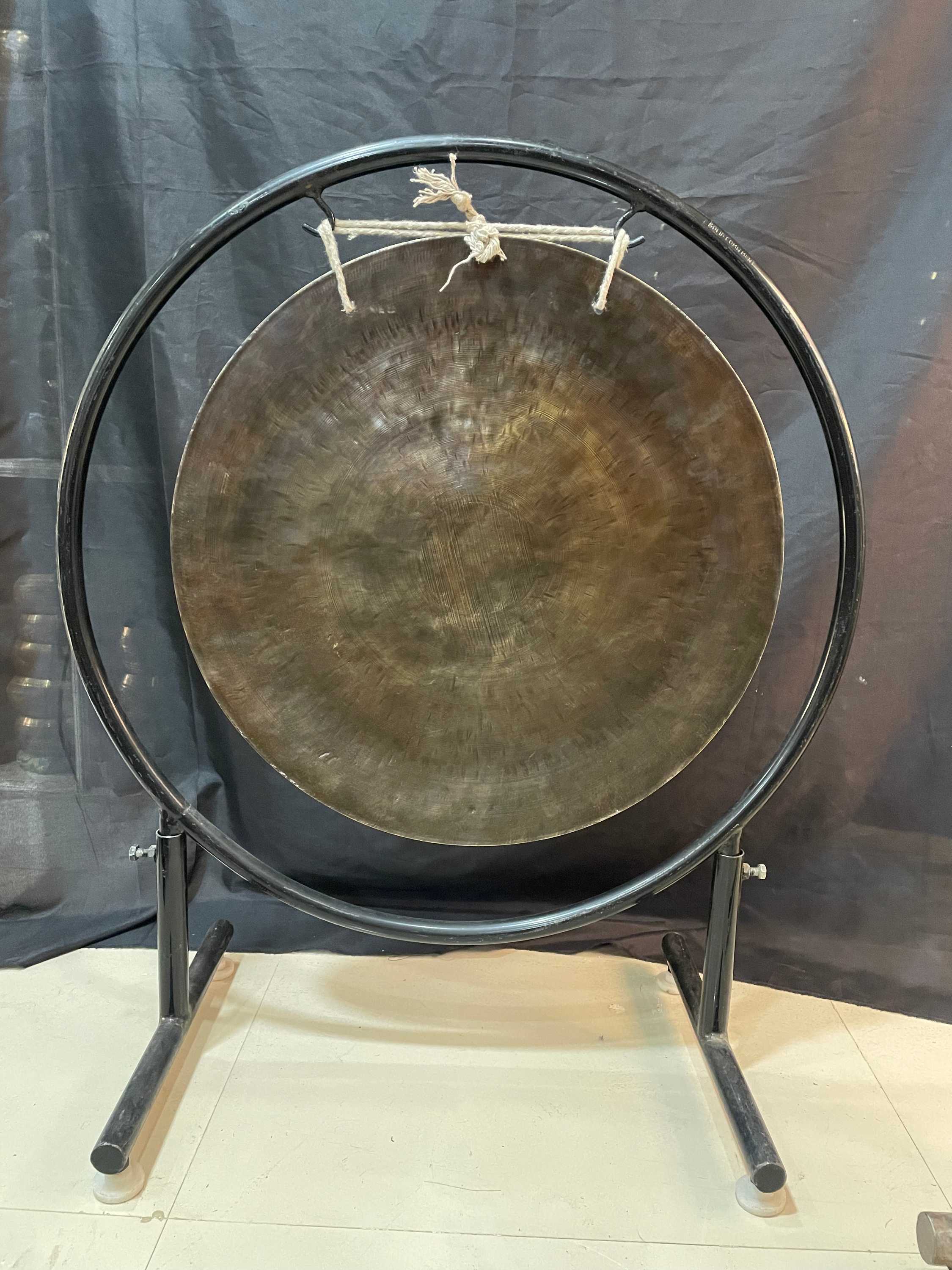 with Stand,
with Stand, 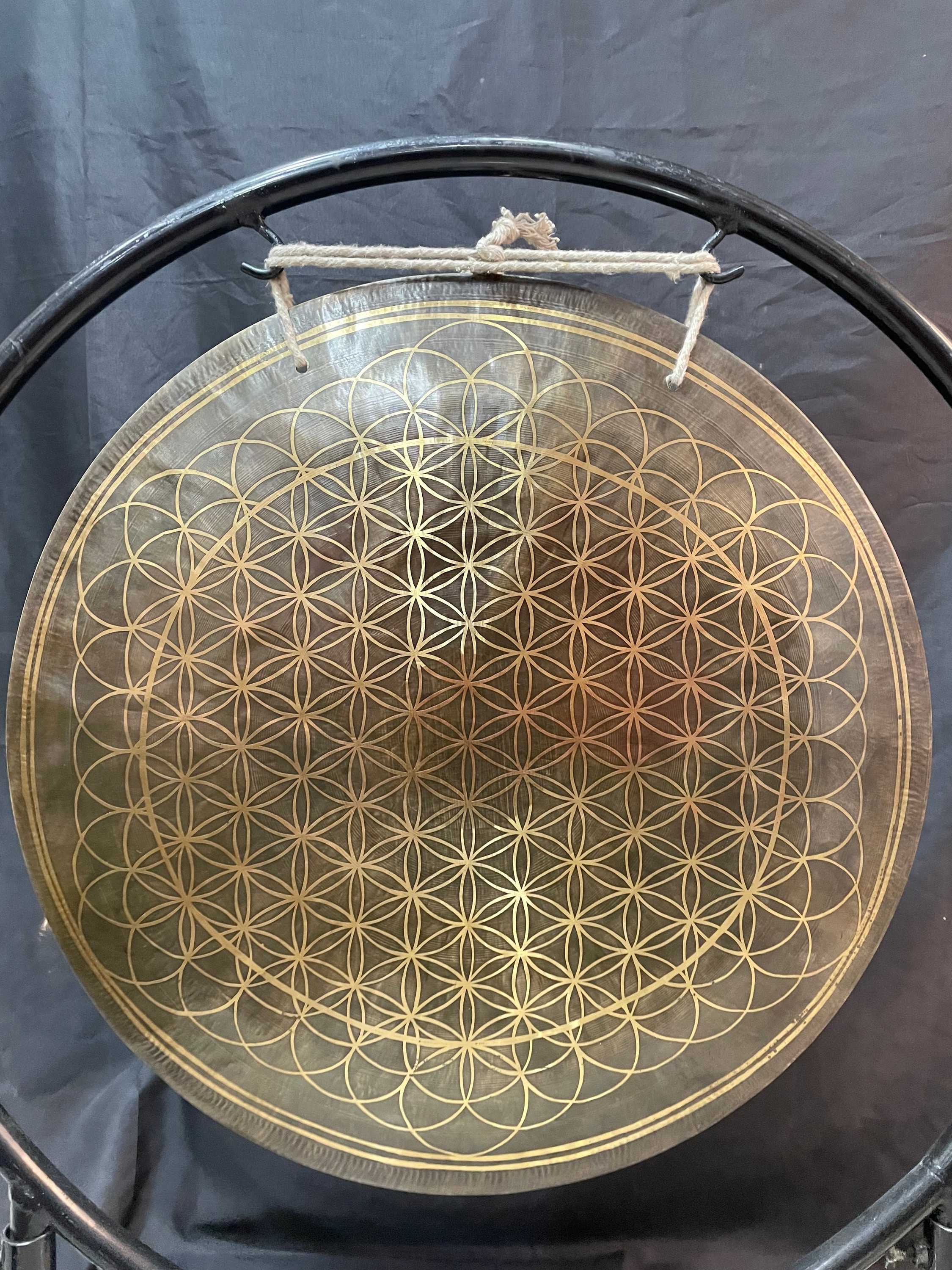 with Stand,
with Stand, 